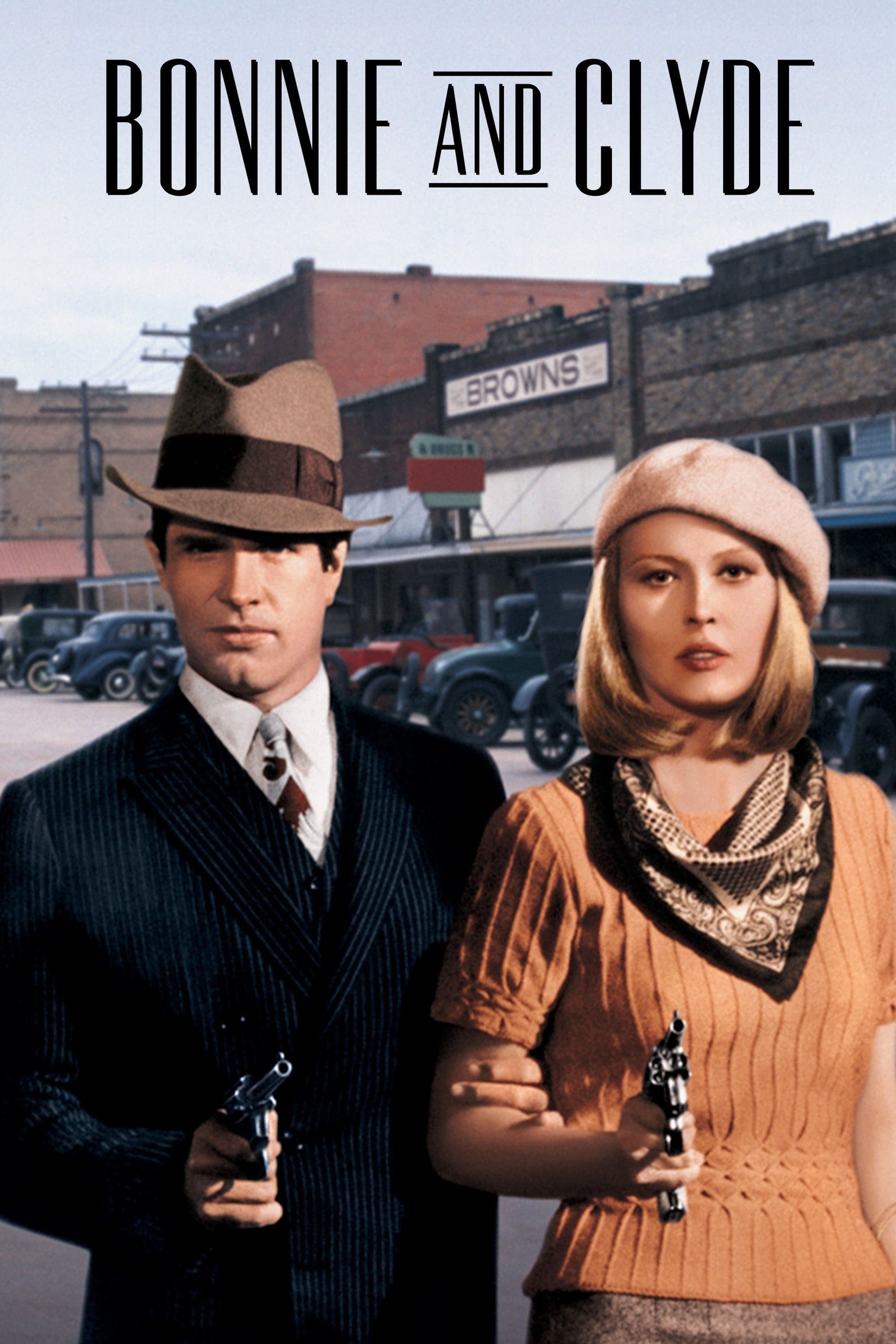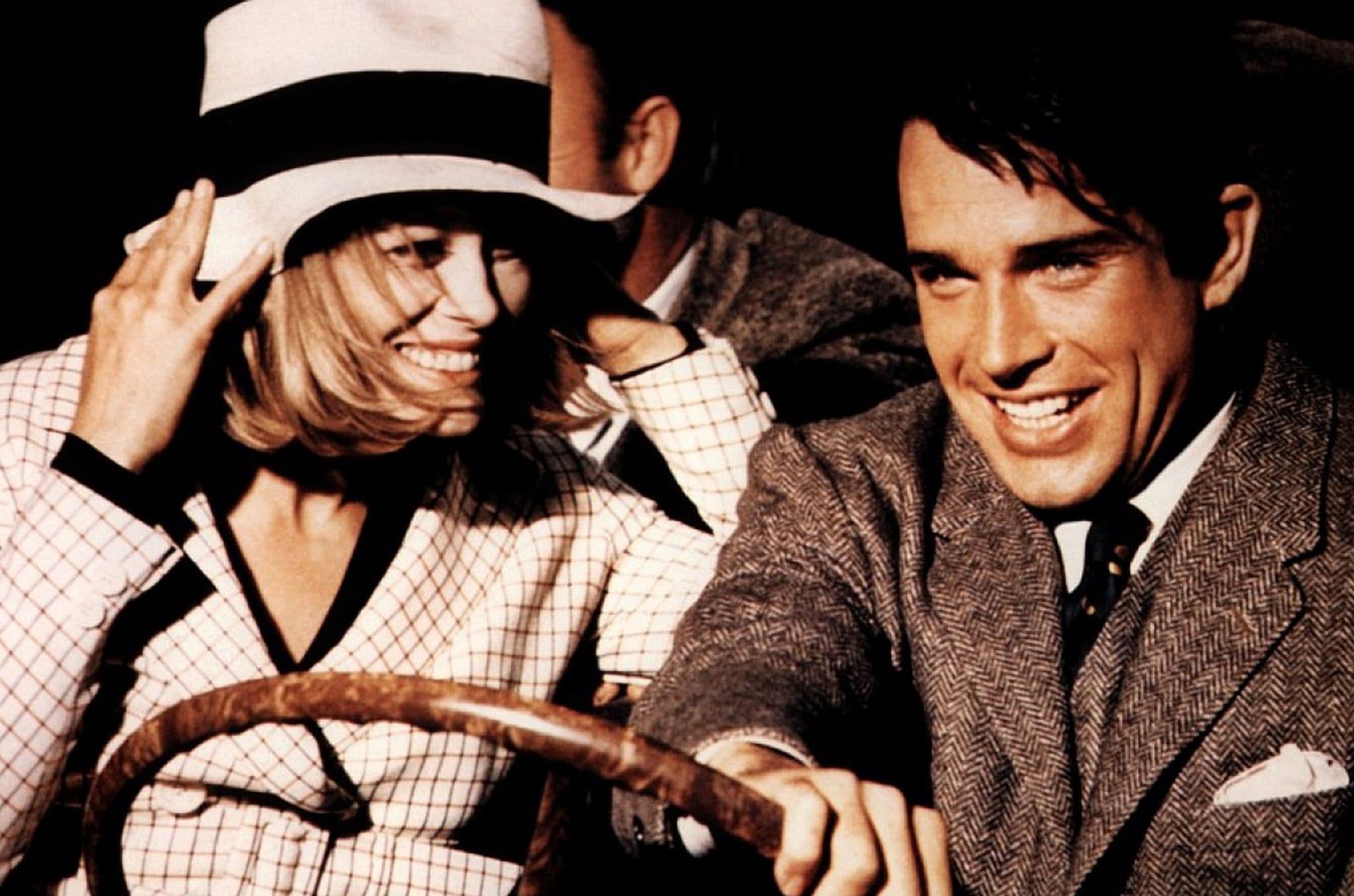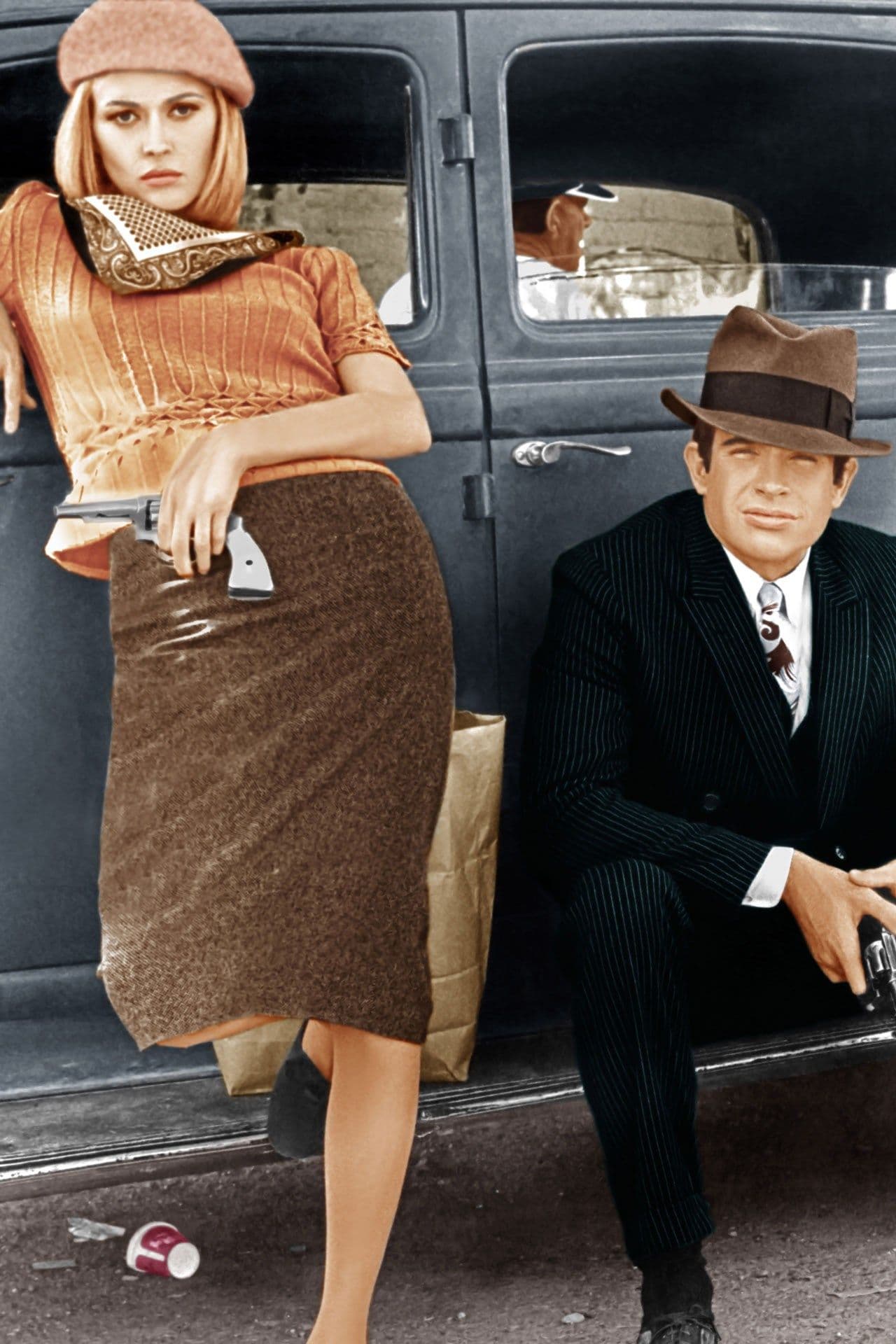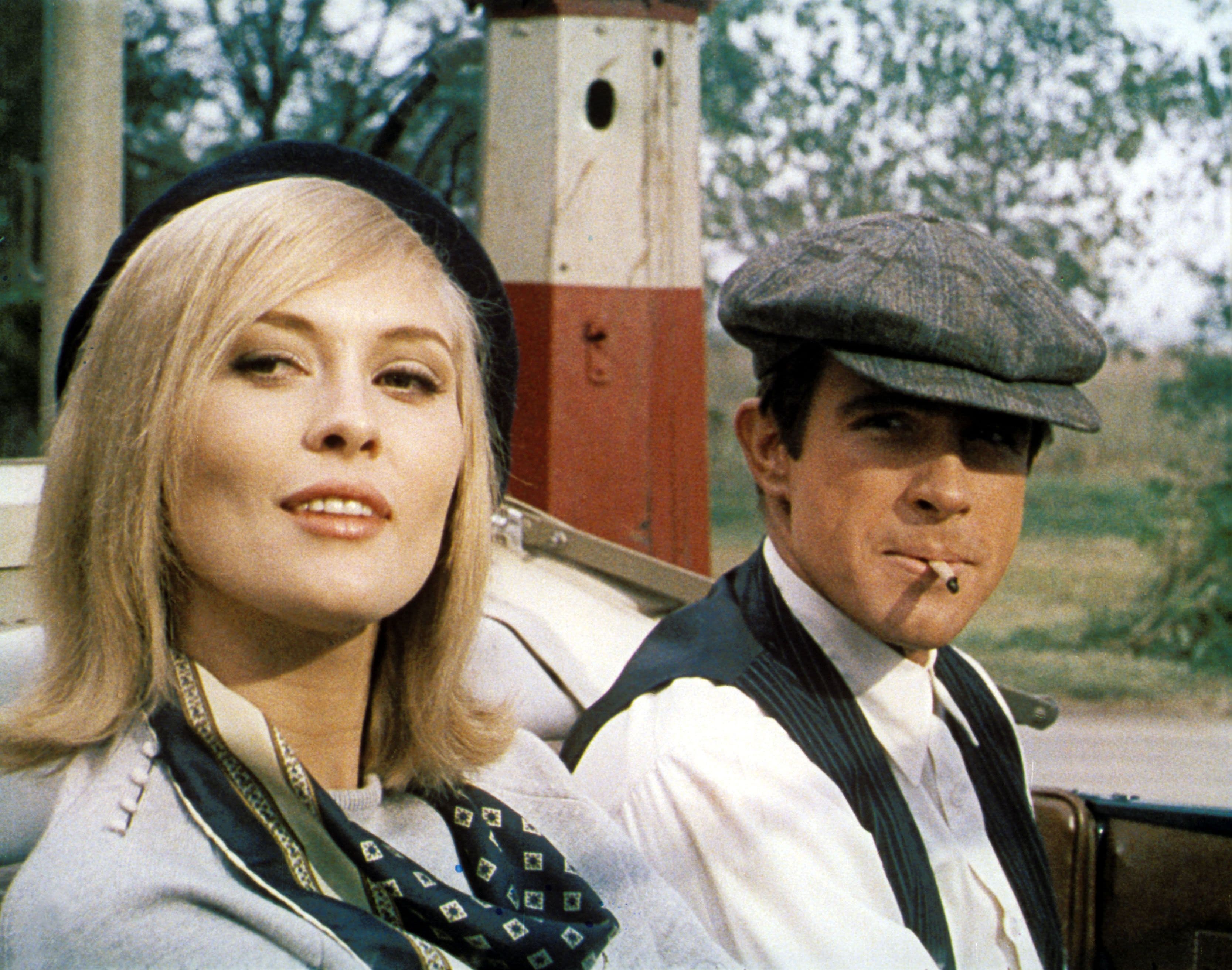
Bonnie and Clyde
1967
Rate this movie
Average: 0.00 / 5
(0 votes)
Director
A film that achieved such phenomenal success that it transcended a mere cinematic phenomenon and became a true cultural seismograph, its vibrations profoundly influencing the late 1960s. Its impact was widespread, manifesting in seemingly trivial yet revealing details, such as the fashion that revived the splendours of the 1930s – a stylistic anachronism which, far from being a simple nostalgic re-enactment, constituted an act of sophisticated aesthetic rebellion, an essay on the cyclical nature of forms and their ability to assume new meanings in changed contexts. Dunaway's hairstyle, furthermore, became an archetype of style, proving immensely popular among women for years and consecrating its interpreter as an icon of an era of ferment. All this, and much more, was made possible by Arthur Penn's brilliant intuition and his epoch-making Bonnie and Clyde, a work that not only redefined the gangster genre but also anticipated and shaped the entire aesthetic of New Hollywood, shattering narrative and visual conventions that seemed unbreakable.
Far from resorting to the stylized brutality or somber fatality that characterized the violence of conventional gangster movies, Bonnie and Clyde made a radical departure, refocusing its message on the multifaceted personalities of its two protagonists. They are not mere criminal archetypes, but vibrant figures, animated by a cheerful spirit and often disarming irony, whose very existence translates into a manifesto of nonconformity. Theirs is an intrinsically subversive way of life: a destruction of bourgeois conventions manifested through anarchic and libertarian conduct, free from hypocrisies and driven by a primordial desire for escape and self-affirmation. In an America still divided between Puritanism and the promises of a barely hinted-at freedom, their rebellion is not just a criminal act, but a performative social protest, a cry for liberation from the cages of suffocating conformism. Violence itself, though not sugar-coated, sometimes takes on an almost playful connotation, a macabre ballet that, precisely in its nonchalance, becomes even more disturbing and innovative for its time.
The story, while rooted in the crime reports of the Great Depression, rises to myth, recounting the exploits of a petty thug, Clyde Barrow, freshly released from prison, and a waitress, Bonnie Parker, met by chance in Dallas. From this fortuitous encounter springs an irresistible attraction, a spark that ignites an emotional and criminal explosion. Bonnie, a budding poet trapped in suffocating daily life, recognizes in Clyde the adventurous and untamed spirit she had sought her entire life, the key to escaping mediocrity; Clyde, on the other hand, discovers in Bonnie not only a lover but an intellectual accomplice, a woman endowed with sharp irony and effervescent cheerfulness that tempers his own latent melancholy. Their union goes beyond carnal passion, often suggested and then denied by the tormented unsaid, transforming into a perfect symbiosis, a criminal partnership that sees them complicit in robberies scattered across different states. They are not alone for long: their charismatic audacity attracts a colourful gallery of accomplices – marginal figures met on the road or old friends of Clyde's – who band together to form a sort of dysfunctional yet indissoluble extended family, bound not by blood ties but by a pact of rebellion against the system. This wandering core, a true anarchist commune ante-litteram, becomes the pulsating heart of the film, offering glimpses into the loyalty and tenderness that can flourish even in the desert of violence.
With an unstoppable progression, fueled also by the media fascination their exploits aroused in public opinion, Bonnie and Clyde quickly became the most famous, and controversial, criminal gang in the United States. Their blood-soaked trajectory, steeped in audacious robberies and daring escapes, is followed across half of America by the director's vigilant and surprisingly empathetic eye. Arthur Penn does not merely record their exploits; he delves deep, with rare lucidity, into their inner universe, highlighting their most lacerating contradictions and most unexpected virtues. His is a poetics free from any preconceived moral judgment, an approach that unhinges the usual categories of "good" and "bad" to explore the complexity of the human soul placed in extreme circumstances. There is no explicit condemnation or sanctification: there is the acute observation of individuals who act according to an internal logic, however deviated, driven by a mix of despair, audacity, and an unstoppable thirst for life. This ambiguous and profoundly human gaze, which does not shy away from showing the brutality of their actions but at the same time invites us to empathize with their fragility, is Penn's true stylistic signature, a legacy that allowed American cinema to mature, abandoning artificial innocence to embrace the complexity of reality.
The result is a sparkling work, permeated by a contagious vitality that masks, and at the same time emphasizes, its intrinsic tragedy. The screenplay, penned by David Newman and Robert Benton, is a masterpiece of balance, woven with brilliant dialogues and situations that veer from the farcical to the tragic with disconcerting ease, building a narrative architecture in which every sequence, every line, resonates with intelligence and precision. But it is Arthur Penn's direction that elevates Bonnie and Clyde beyond the sum of its excellent parts. A direction never self-indulgent, never redundant, that shuns any self-serving baroque elements to focus on the expressive power of image and editing. The influence of the Nouvelle Vague is palpable in its audacious jump cuts, in its ability to capture moments of authentic spontaneity, in its predilection for close-ups that delve into the characters' souls. The culmination of this mastery is the epic and heart-wrenching final sequence, a true symphony of slow-motion choreographed violence, where lead becomes paint and death a macabre and unforgettable ballet. That scene was not merely a technical tour de force – filmed with multiple cameras to capture every angle of the inevitable massacre – but an artistic declaration of intent, a gut punch for audiences accustomed to more sanitized endings. Penn does not merely show us the end of the two lover-criminals; he makes us feel it in every fiber, transforming their brutal execution into a sensory experience that lingers long after, a monument to the genius of a director who managed to infuse poetry into violence and tragedy into adventure, leaving an indelible mark on cinematic history.
Country
Gallery






Featured Videos
Official Trailer
Comments
Loading comments...